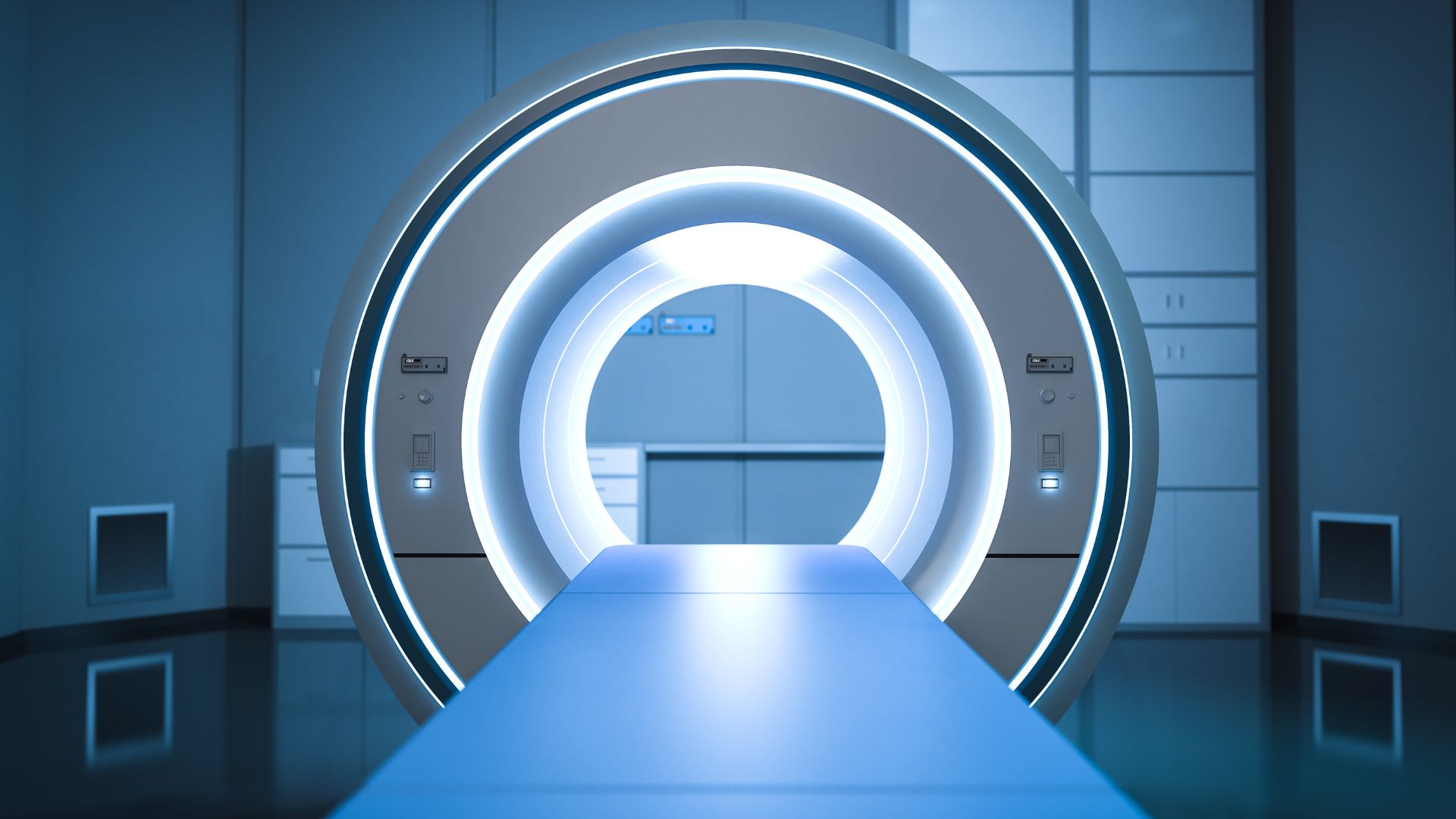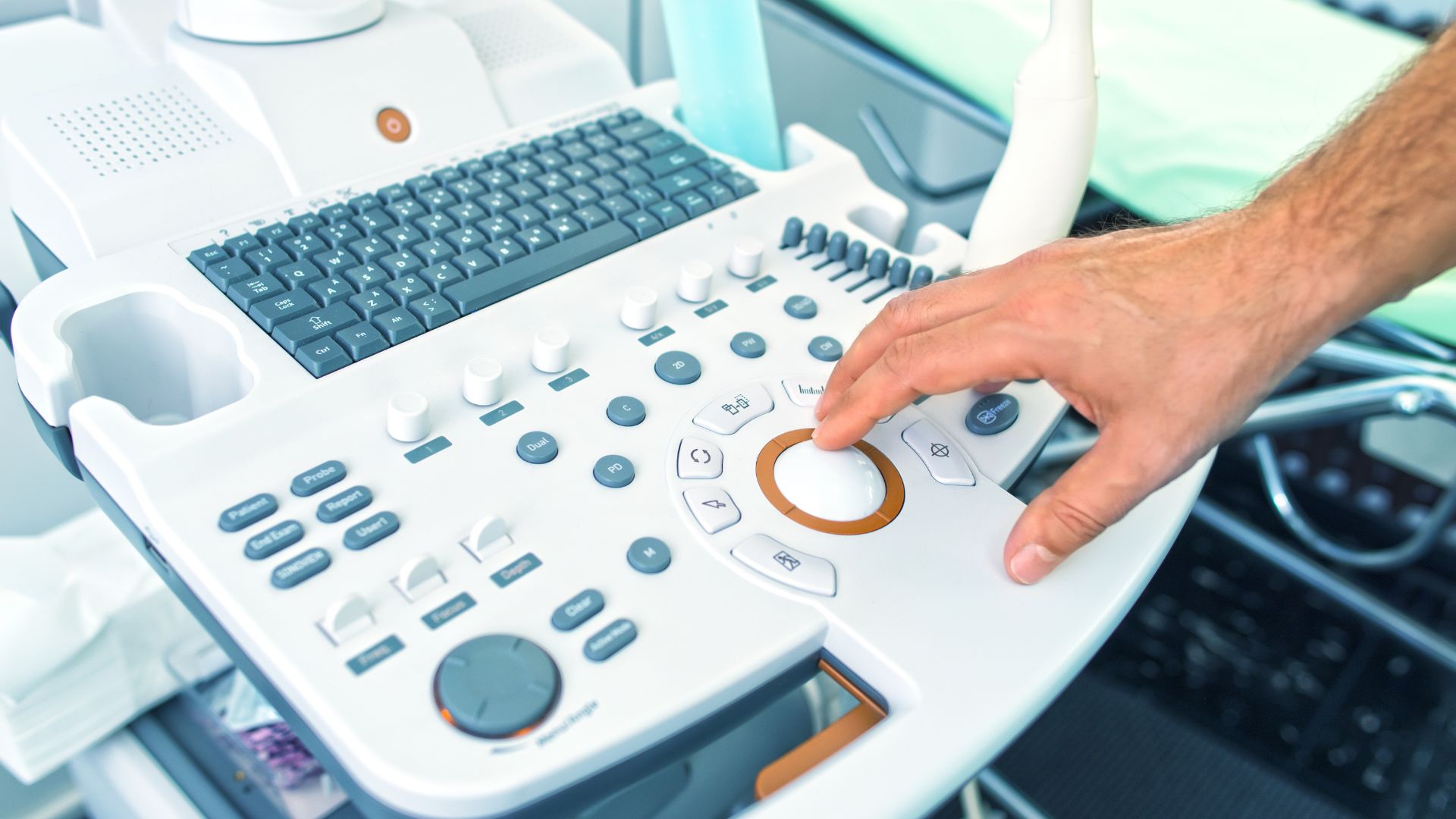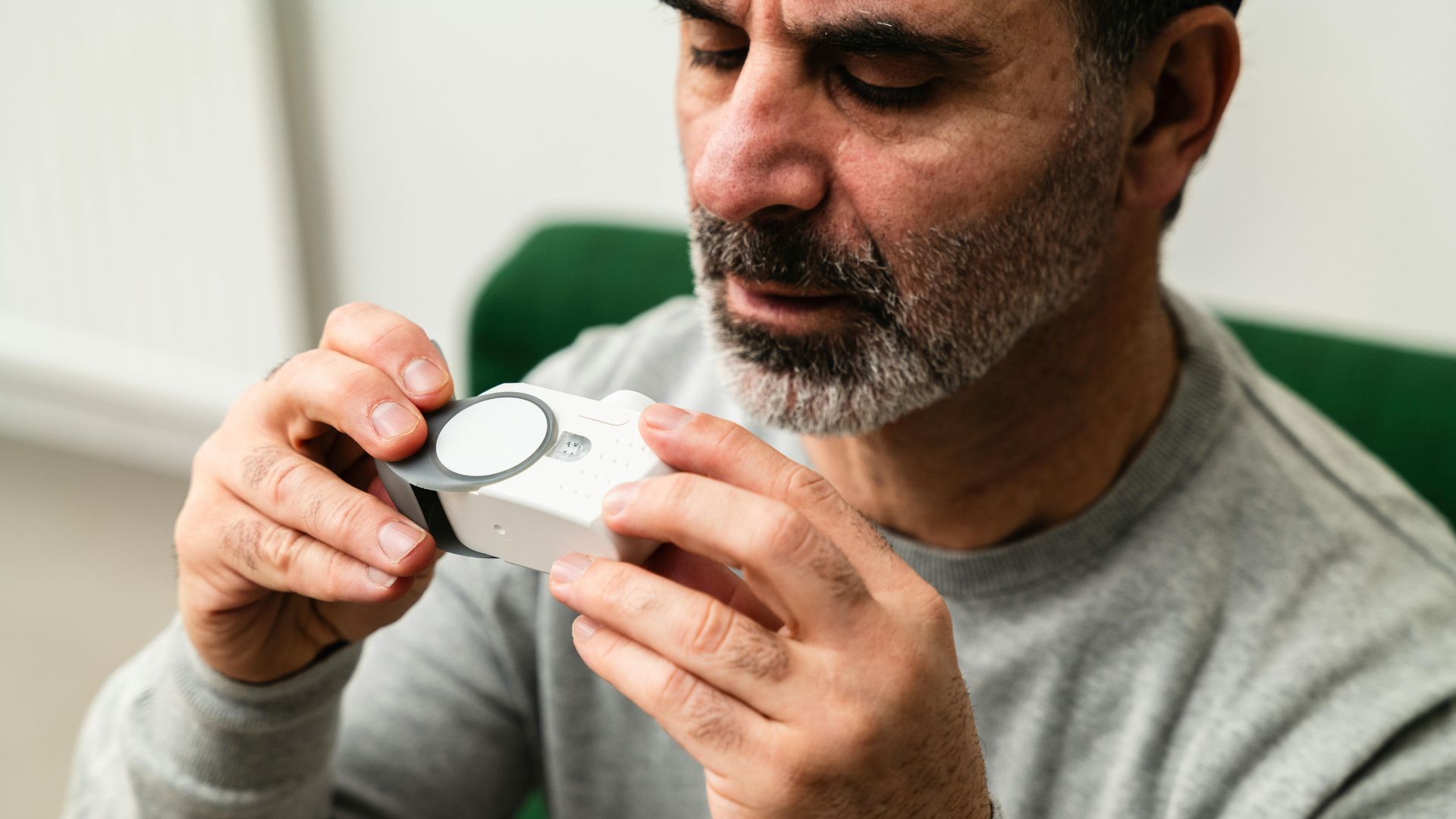The rise of smart dental wearables—such as biofeedback-enabled mouthguards, sleep apnea tracking devices & real-time bruxism monitors—has created new regulatory challenges. Because these devices collect biometric data, interact with oral tissues & provide health insights, they are regulated as medical devices by the FDA. Compliance with cybersecurity, device safety & premarket approvals is crucial to avoid Import Alerts, product detentions & regulatory penalties.
How the FDA Classifies Dental Wearables
FDA classification is based on the device’s function & risk level:
- Class I (Low Risk): Includes basic smart toothbrushes & biofeedback-enabled dental devices that do not provide treatment guidance. These are typically exempt from 510(k) clearance but still require Establishment Registration & Medical Device Listing.
- Class II (Moderate Risk): Covers smart mouthguards for bruxism monitoring, sleep apnea detection devices & real-time intraoral pressure sensors. These require 510(k) clearance to demonstrate substantial equivalence to an FDA-approved predicate device.
- Class III (High Risk): Includes AI-driven sleep apnea treatment wearables & neuromuscular stimulation mouthguards. These require Premarket Approval (PMA) due to their direct impact on treatment protocols.
Key FDA Compliance Requirements for Dental Wearables
To legally market dental wearables in the US, manufacturers must:
- Establishment Registration: Register annually with the FDA.
- Medical Device Listing: List each dental wearable under the registered establishment.
- 510(k) or PMA Submission: Most wearable devices require 510(k); those that impact oral function or treatment require PMA.
- Cybersecurity Risk Management: Wearables transmitting biometric data must meet FDA cybersecurity & HIPAA standards.
- UDI Compliance: Devices must include a Unique Device Identifier for traceability & recall management.
Common Compliance Challenges & Solutions
Dental wearable manufacturers often face unexpected setbacks. These examples highlight common issues:
Case Study: Smart Bruxism Monitor Detained Due to Missing Cybersecurity Protocols
A company developing a real-time bruxism tracker failed to comply with FDA cybersecurity standards. Issues included:
- Inadequate encryption of patient biometrics.
- Lack of a risk mitigation plan for data breaches.
- Approval delays while security protocols were added.
Case Study: Sleep Apnea Monitoring Mouthguard Reclassified as Class III
A sleep apnea monitoring mouthguard was assumed to be Class II but was reclassified as Class III due to its diagnostic role. As a result:
- The product launch was delayed by 14 months for clinical trials.
- Regulatory costs increased.
- A 513(g) submission was filed to confirm future classification.
Regulatory Considerations for Dental Wearable Manufacturers
- FDA User Fees: Required annually; Small Business Fee Assistance may be available.
- Import Alerts: Non-compliant devices may be detained.
- Certificate to Foreign Government (CFG): Often required for exports.
- Health Canada Licensing: An MDEL may be required to sell in Canada.
Maintaining Compliance After Market Entry
Approval isn’t the end—ongoing obligations include:
- eMDR Submissions: Report adverse events involving the device.
- FOIA Requests: Research FDA data on similar devices.
- Medical Device Master File: Protect proprietary algorithms & streamline future filings.
- Regulatory Consulting: Stay aligned with evolving FDA regulations.
Powering Smart Dental Innovation with Compliance
Bringing dental wearables to the US market requires more than innovation—it demands regulatory strategy. From classification & cybersecurity to postmarket reporting, each step is critical. Manufacturers that partner with experienced regulatory teams like Registrar Corp can accelerate approval & establish a strong position in the expanding dental tech space.








